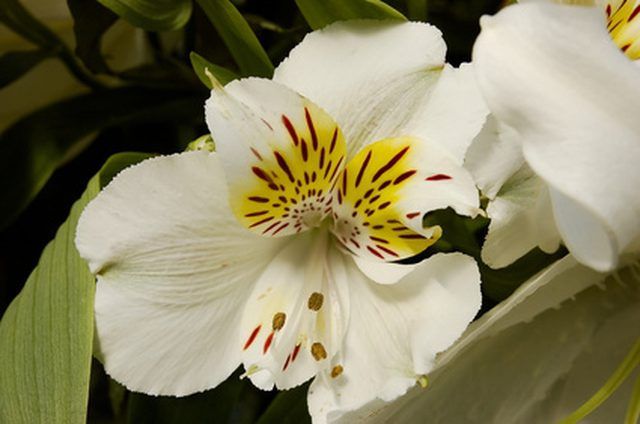Bulbs
Flower Basics
Flower Beds & Specialty Gardens
Flower Garden
Garden Furniture
Garden Gnomes
Garden Seeds
Garden Sheds
Garden Statues
Garden Tools & Supplies
Gardening Basics
Green & Organic
Groundcovers & Vines
Growing Annuals
Growing Basil
Growing Beans
Growing Berries
Growing Blueberries
Growing Cactus
Growing Corn
Growing Cotton
Growing Edibles
Growing Flowers
Growing Garlic
Growing Grapes
Growing Grass
Growing Herbs
Growing Jasmine
Growing Mint
Growing Mushrooms
Orchids
Growing Peanuts
Growing Perennials
Growing Plants
Growing Rosemary
Growing Roses
Growing Strawberries
Growing Sunflowers
Growing Thyme
Growing Tomatoes
Growing Tulips
Growing Vegetables
Herb Basics
Herb Garden
Indoor Growing
Landscaping Basics
Landscaping Patios
Landscaping Plants
Landscaping Shrubs
Landscaping Trees
Landscaping Walks & Pathways
Lawn Basics
Lawn Maintenance
Lawn Mowers
Lawn Ornaments
Lawn Planting
Lawn Tools
Outdoor Growing
Overall Landscape Planning
Pests, Weeds & Problems
Plant Basics
Rock Garden
Rose Garden
Shrubs
Soil
Specialty Gardens
Trees
Vegetable Garden
Yard Maintenance
Anatomy of Alstroemeria Flowers
Anatomy of Alstroemeria Flowers. Alstroemeria is a genus of flower from South America that's a part of the larger Alstroemeriaceae family. These plants are related to lilies and bomareas, having the same unique leaves and vibrant flowers.

Alstroemeria is a genus of flower from South America that's a part of the larger Alstroemeriaceae family. These plants are related to lilies and bomareas, having the same unique leaves and vibrant flowers.
Definition
The Alstroemeria genus contains 50 species of plants and is also known as the Lily of the Incas. These flowers are commonly found in central Chile, where they are winter-growing, and in eastern Brazil, where they are summer-growing in cool mountain climates.
Shape
Alstroemeria flowers are slightly zygomorphic, meaning that they are bilaterally symmetrical, or distributed equally on each side. One half is a close but not exact mirror of the other. The flowers are typically arranged in a triangle shape, with two petals on either side of a single petal.
Petals and Sepals
Both the striped petals and the sepals, which are the leaves between the petals, come in an arrangement of three each. The petals and sepals have similar color and texture, so the sepals actually resemble the petals much more closely than they resemble most green leaves. The colors are varied and may come in pink, orange or red.
Reproductive Structures
Alstreomeria plants contain six undivided stamens, which are the male reproductive stalks extending from the center of the flower. The ovaries of the flower have three carpels and are known as inferior, because they are fused to the base floral structure.
Leaves
Alstroemeria plants are like grasses, irises and lilies in that veins go up to the leaves but do not branch across. These leaves are actually upside down because they twist as they extend from the stem. This feature is known as being resupinate.